Blog post written by Katie Brauckmann, staff archaeologist, Fairfield Foundation.
In 2018 , I wrote this blog about our ongoing work at the Hall Site (44MT0173) in Mathews County. Three years later, I’m back again to give an update now that our work in the field and the lab has concluded!
Ashley McCuistion excavates the first test unit at the Hall Site. The house in the background dates to 1874 and was never associated with the Hall family.
Our goal at the site was to locate the 18th-century home of the Hall family, who owned a successful small farm and later shipbuilding business. From historical research by project sponsor and Hall descendant Conrad Hall, we knew the general acreage of their property in current-day Port Haywood, but not the exact location. A shovel test survey helped us narrow down the search area to a concentration of artifacts not far from an 1874 house (seen in the above picture), and excavation of 32 5′ x 5′ square test units began.
Our first order of business with the test unit excavation was to establish whether there was a building on the site. To that end, we identified at least 12 posthole features and one probable root cellar (Feature 4 on the map below). Unfortunately, due to tree and rodent disturbances, as well as disturbances from modern utilities, we weren’t able to trace out the exact shape of a building, but there is almost certainly one present in the eastern half of the survey area.
Two postholes (likely a posthole and a repair cutting into it) found in TU 31.
Then, we had to be sure that the site dated to the right period. The earliest record of the Hall family on the property was 1782, though they were likely living on the site before then, and the last date a building value was listed is 1838. The vast majority of artifacts recovered from the site date from the 18th century through the early 19th century, including those found in excavated features. These artifacts include ceramics such as North Midlands slipware, white salt-glazed stoneware, delftware, creamware, and pearlware, as well as white clay tobacco pipes and wine bottle glass. We even found two silver Spanish real coins, one of which is stamped with the second half of the date 1733; the other real also dates to the same period when King Felipe V (PHILIPPUS V, as stamped on the coin) ruled Spain.
A small sample of the ceramics from the site. From top to bottom, left to right: hand-painted delftware, creamware, Whieldon ware, colonoware, white salt-glazed stoneware, and North Midlands slipware.
Two silver reals found on the site from the 1730s.
So we know there was a building on the site, and it dates to the time when the Hall family was documented in the area. Our final step was to attempt to tie these artifacts to the Hall family specifically, which we can do in a few different ways. First is through the incredible ceramics recovered from the site, including many which were hand-painted, transfer-printed, or molded with beautiful designs. Finding such a large quantity and variety of expensive ceramics is indicative of a middle- to upper-class household, which fits with what we know of the Hall family. This status is supported by the apparent high proportion of tea wares, a social bonding activity shared most often among upper-class individuals. Other items we recovered — such as a toothbrush, possible wig curler, and book clasp — also support this idea.
We also found some possible evidence of trade which could be related to Thomas Hall. Thomas was a likely merchant (one record describes a “Captain Hall,” likely Thomas, trading wine from New York) and successful shipbuilder. This evidence includes a coin weight, used to verify the value of colonial coinage, and dozens of tobacco pipe fragments of Dutch origin. Some had stems marked with “GOUDA,” and others had what is likely a “bunch of grapes” mark that was used in Gouda in the late 18th century. Additionally, many of the pipe bowls sported rouletting around the rim, a technique that had fallen out of favor on English tobacco pipes by this period but was still common on Dutch pipes. The Dutch were major trading partners of early colonists, but their influence had waned somewhat by the mid-18th century, so finding this many Dutch pipes from this time is intriguing with regards to maritime trade.
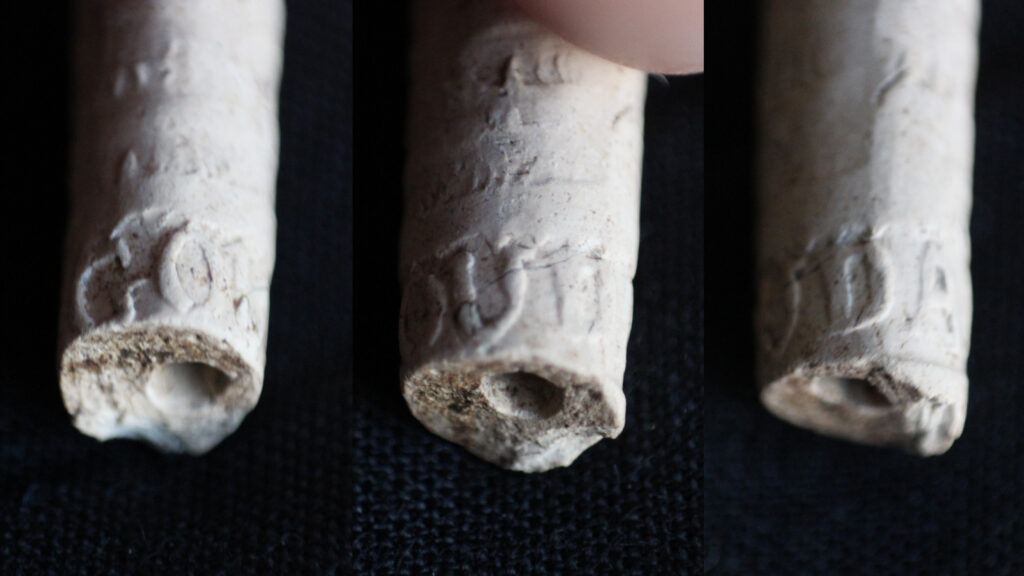
Rouletted pipe stem stamped with GOUDA (three views of the same pipe).
Two variations of the “bunch of grapes” or druiventros marks found at the site (left, center), alongside an example found in Gouda dating to c. 1780 (right) (from claypipes.nl).
In conclusion, this site stands a good chance of being the 18th-century Hall family house: (1) It is in the right general location based on historical records, (2) we confirmed there was a building on the site, (3) it dates to the right period, and (4) there are artifacts congruent with what we know about the Hall family and perhaps even an individual Hall family member. The information we learned in these excavations not only tells us the story of one family, but adds to our knowledge of 18th-century Mathews County and, on a broader scale, colonial Virginia port towns. These excavations were particularly significant because almost no archaeology of this scale has been done in Mathews County — though we hope to change that through continued archaeological investigation and public outreach!
A big thank you to Conrad Hall for his continued enthusiasm for the project, to David and LeAnne Shields for allowing us to excavate on their property, and to all the volunteers who gave their time to help us learn about this amazing site! If you’re interested in learning more about Mathews County history and the Hall family, you can purchase Conrad Hall’s book, A Select History of Mathews County, Virginia, on Amazon.
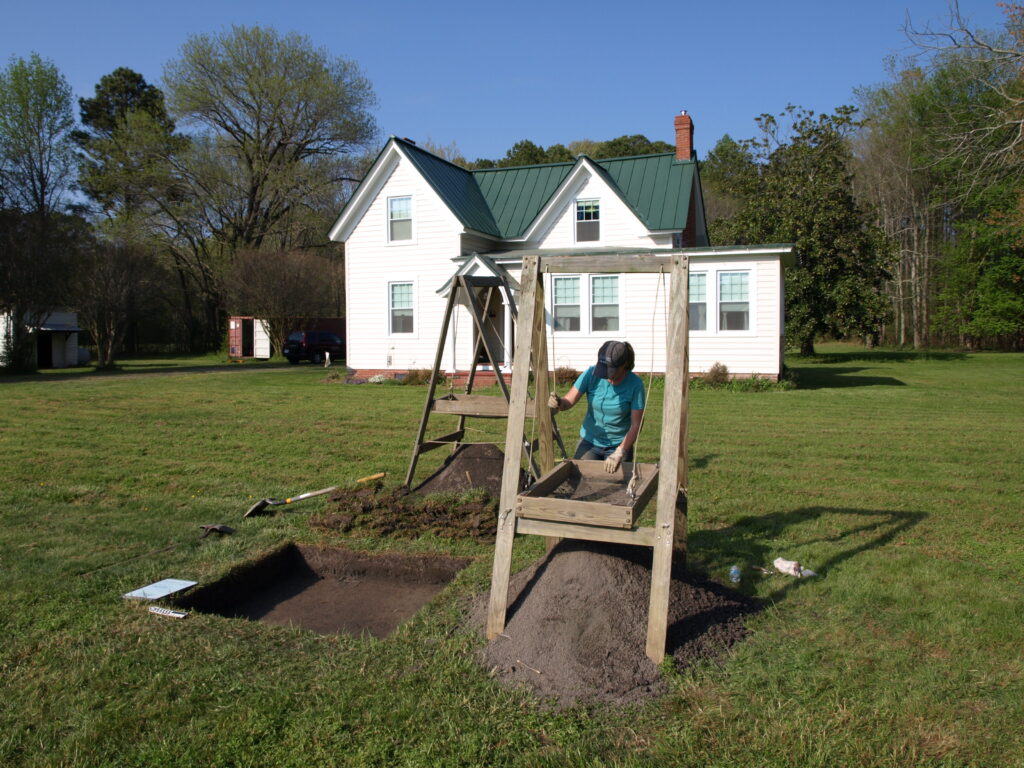
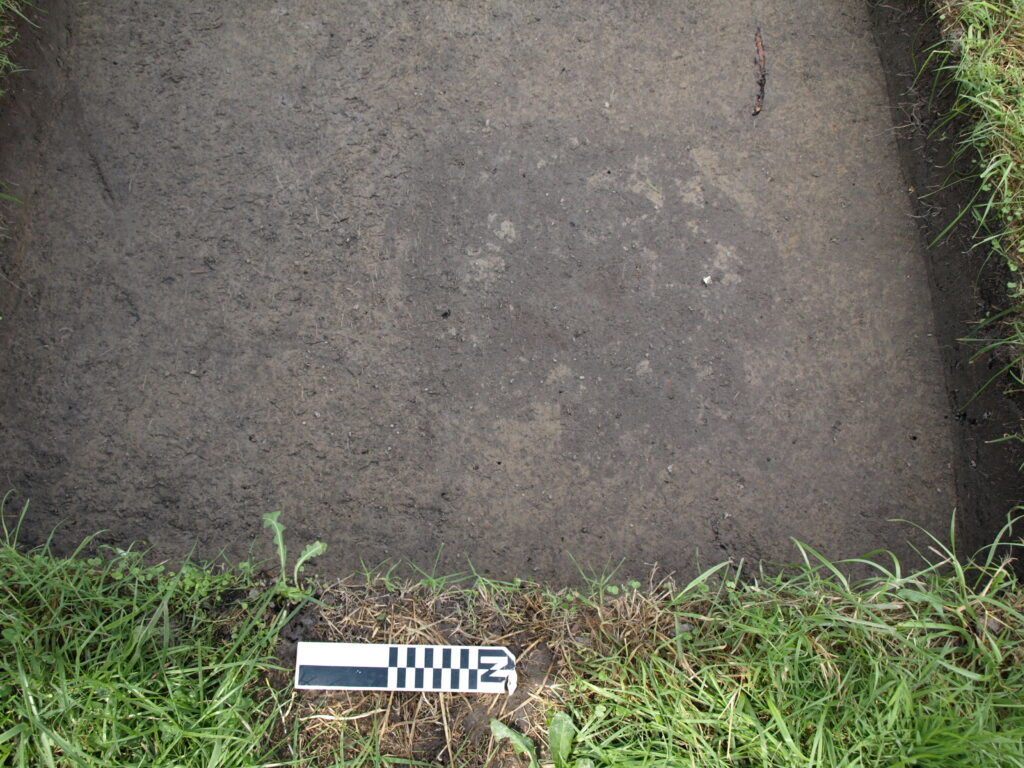
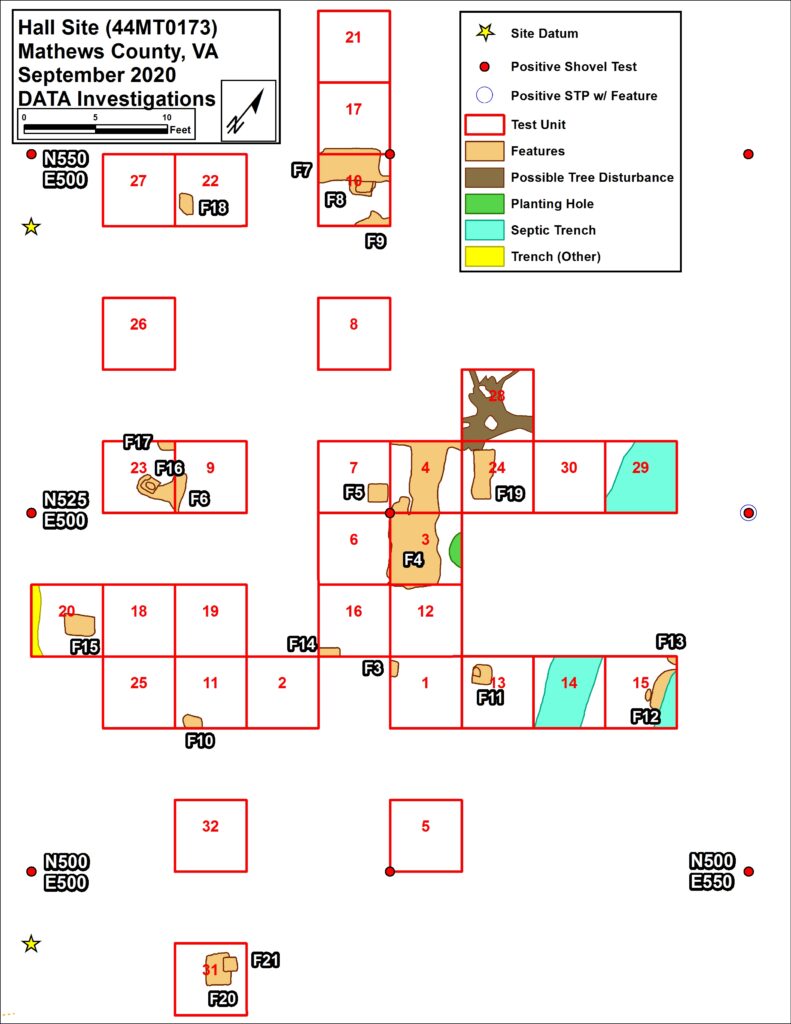
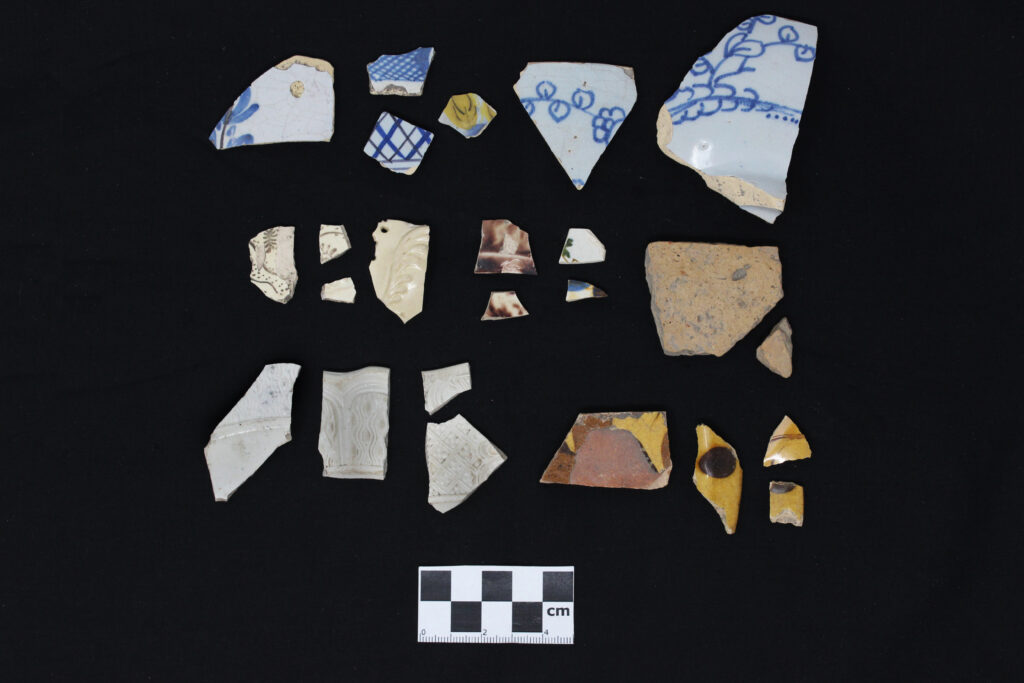
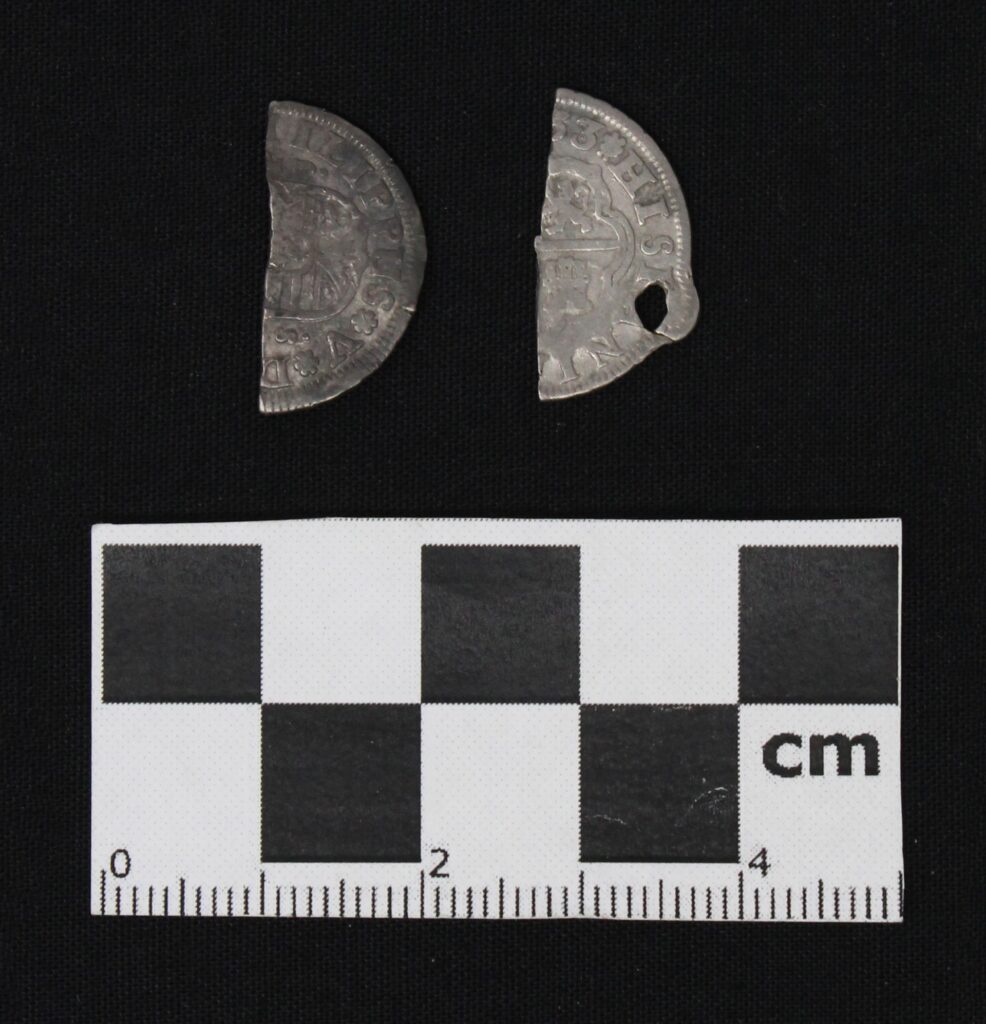
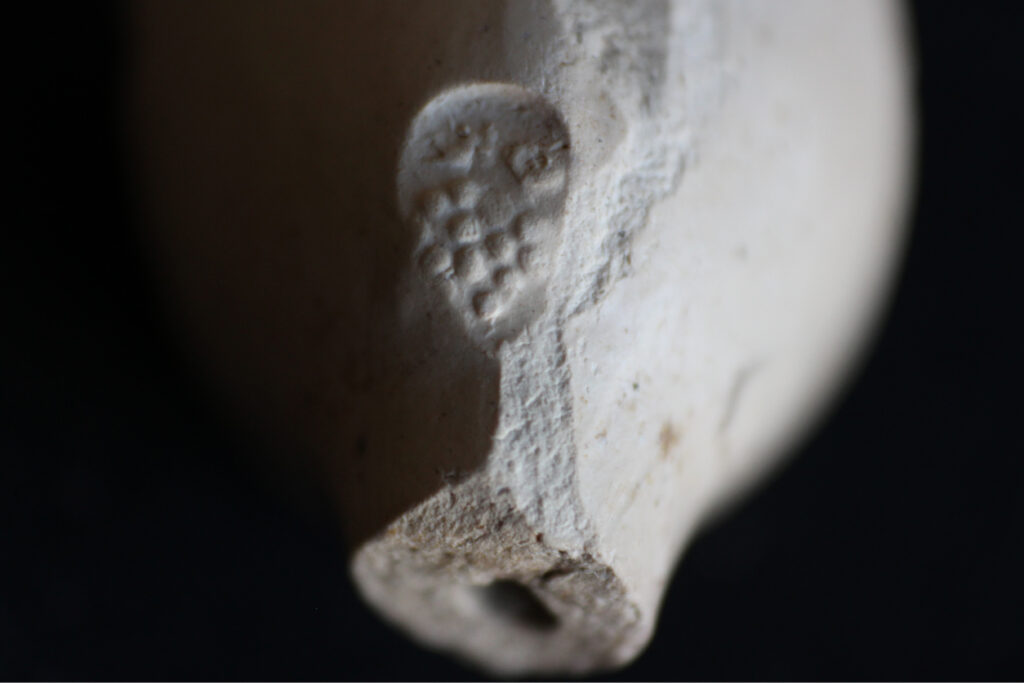
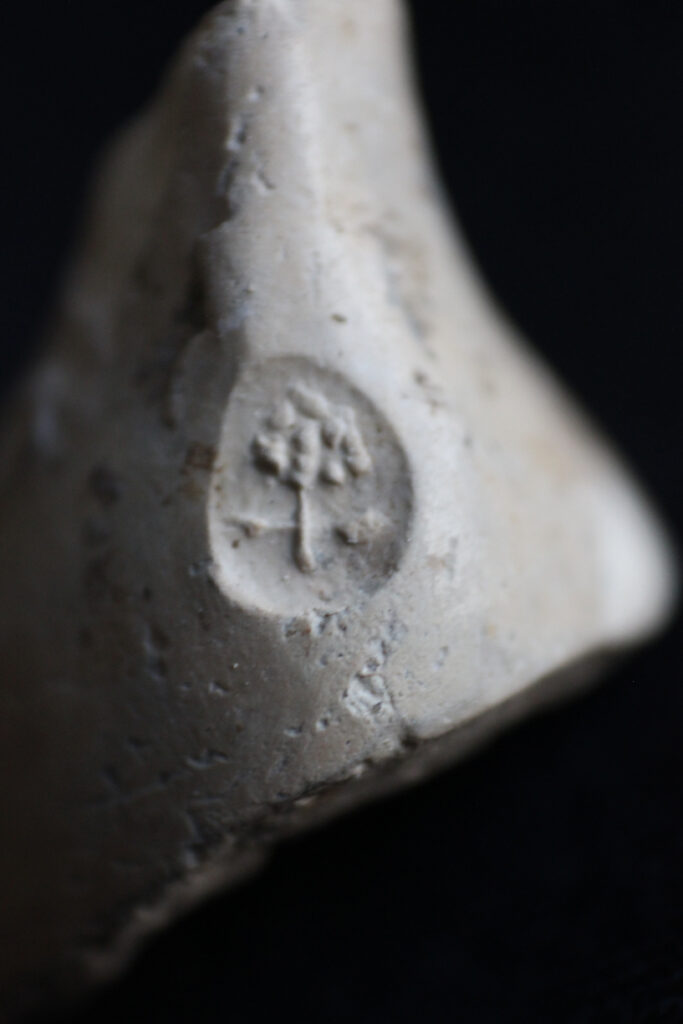
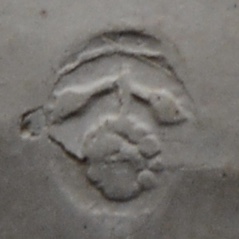
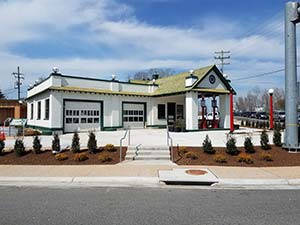
Wonderful blog! I know Conrad must be proud of your discoveries.
Excellent summary. Great work
Very interesting discoveries. I am a distant “Hall” relative who lives in Jamestown, ND. My name is Kenneth Leavitt Hall. May Dad was Roy Leavitt Hall Jr. and my Grandpa was Roy Leavitt Hall Sr. My Brother, Raymond, is the historian in our family and has gathered a lot of more recent history of the Hall family in the Jamestown, Edmunds, Vashti, and Woodworth areas of North Dakota.
Well done Katie!
More great work! I wish I lived closer to Fairfield Foundation. You are fortunate to have support from the Shields and Hall families, too. Wonderful; keep
It up
What a great read! I enjoyed the details and context you added to the discoveries.
Well done done site presentation.Keep on digging! Families surely appreciate the Foudation’s findings, but also those of us who appreciate our local history.Dirt has a lot of stories for us.